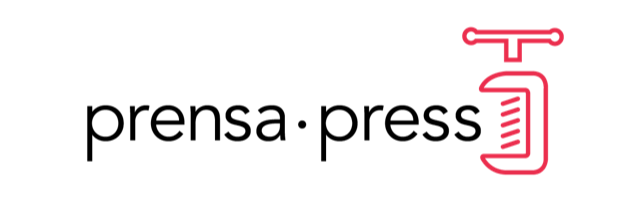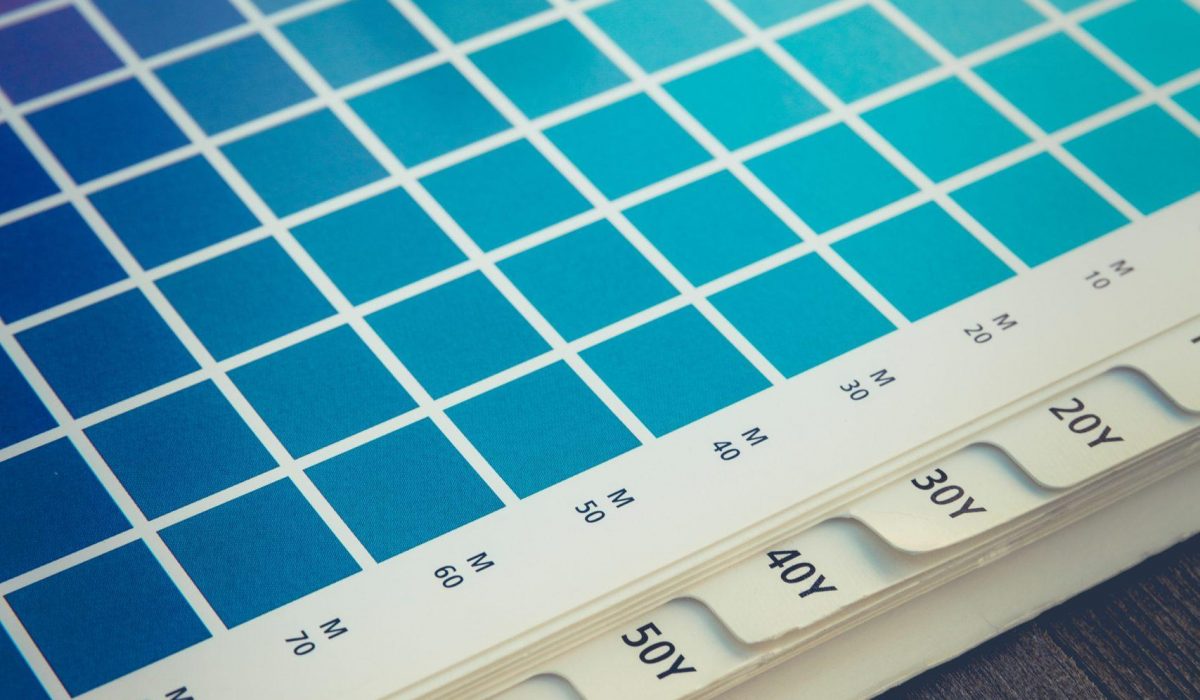How much does it cost to print a book is usually the first question new authors have when considering self-publishing. We have your answer.
The cost of printing a book depends on several factors, including the size of the book, the number of pages, the printing method, and the type of paper used. We’re here to explore the various factors that contribute to the cost of printing a book and provide some tips for minimizing printing costs.
Printing Methods
There are several methods for printing a book, including digital printing, offset printing and print-on-demand (POD) printing. Digital printing is a cost-effective option for short print runs, while offset printing is more economical for longer runs (500 copies or more.)
POD printing is a popular option for self-publishing authors, as it allows for small print runs and eliminates the need for storage and inventory management. However, POD printing can be drastically more expensive than other printing methods on a per-book basis.
If you are considering a print run of more than 500 copies, offset printing can save authors a huge amount of money in the long run.
Paper Type
The type of paper used for the book can significantly impact the printing cost. A standard book paper is typically less expensive than high-quality paper, such as glossy or matte paper. A book with a glossy finish can make the text and images look more vibrant, but it can also be more expensive. The paper type can also impact the durability of the book, as thicker, more durable paper can be more expensive.
The weight of the paper is another factor that affects the final price. This guide to paper weight will give authors a better idea.

Book Size and Page Count
The size of the book and the number of pages can also affect the printing cost. Larger books require more paper, which can increase the cost. Additionally, books with more pages can take longer to print and bind, which can increase the cost.
It is important to consider the book size and page count when designing the book, as making changes to these factors after the printing process has started can be costly.
Color or Black and White
The choice between printing a book in color or black and white can significantly impact the printing cost. Printing a book in color can be more expensive due to the higher cost of color ink and the additional printing time. However, color printing can make the book more visually appealing and may be necessary for certain types of books, such as children’s books or cookbooks.
Authors have an option of color or black and white for the cover as well as for the interior. Unless the book is for an academic or other scholarly settings, it is advised to print at a minimum the cover in color.
Quantity Printed
The number of books printed can also impact the cost per book.
Printing a smaller number of books can be more expensive per book, as the setup costs for printing are spread out over a smaller number of books. One of the biggest costs when printing with an offset printer is the setup of the printing plates.
Printing a larger number of books can be more cost-effective per book, as the setup costs can be spread out over a larger number of books. However, it is important to consider the storage and inventory management costs associated with printing a larger number of books.

Additional Costs
In addition to the printing costs, there may be additional costs associated with publishing a book, such as editing, cover design, and marketing. These costs should be factored into the overall cost of publishing a book.
Tips for Minimizing Printing Costs
There are several strategies that authors can use to minimize the cost of printing a book. These include:
- Keep the book size and page count as small as possible. This can help reduce the amount of paper required and may also decrease the printing time.
- Use standard book paper instead of high-quality paper. While high-quality paper can make the book look more professional, it can also be more expensive. Standard book paper is typically more cost-effective.
- Consider printing in black and white instead of color. While color printing can make the book more visually appealing, it can also be more expensive. If color is not necessary for the book, printing in black and white can help reduce printing costs.
- Utilize a printing company with a good reputation for quality and service. A reliable printing company can help ensure that the book is printed accurately and in a timely manner, which can help reduce any additional costs or delays.
The cost of printing a book depends on several factors, including the printing method, paper type, book size and page count, color or black and white printing, and the quantity printed. By carefully considering these factors and implementing cost-saving strategies, authors can print their book while keeping the cost within their budget.

